You know those brain-twisting riddles that make you feel like an idiot until you hear the answer and go “OH!”? That’s a black story. I got completely stumped by my first one at a party – spent 20 minutes asking yes-or-no questions only to find out the answer was ridiculously simple. These things mess with your head in the best way. You’ll find yourself asking the weirdest questions like “Was the man wearing shoes?” and somehow that’s the key to everything.
These black stories are basically mental torture disguised as fun. BoardGameGeek users consistently rate them among the top puzzle games for group entertainment, and honestly, I get why. They’re perfect for breaking the ice at parties or making your brain hurt during family game night.
Source: BoardGameGeek Black Stories Reviews
Table of Contents
-
Why These Puzzles Are Addictive (And Slightly Evil)
-
What Makes a Good Black Story
-
Easy Ones (Great for Beginners)
-
The Ones That Mess With Your Head
-
Science Fiction Brain Busters
-
Historical Puzzles (Learn Something While You Suffer)
-
Modern Tech Mysteries
-
Environmental Head-Scratchers
-
How These Stack Up Against Each Other
-
Making Your Own (Good Luck With That)
-
Final Thoughts
TL;DR
-
Black stories need to make you go “what the heck?” but still be solvable without a PhD
-
I’ve got 25 stories here ranging from “my kid could solve this” to “I need therapy after this one”
-
Easy stories teach basic logic while the hard ones will make you question reality itself
-
Each story teaches you something beyond just being stumped – science, history, psychology, or just how gullible you are
-
Fair warning: these aren’t for everyone. Some people find them infuriating rather than fun
-
AI tools can help if you want to create your own, but don’t expect them to do all the work
Why These Puzzles Are Addictive (And Slightly Evil)
Before we dive into the good stuff, let me explain why these puzzles are so weirdly compelling. The best black stories hit that sweet spot between “this is impossible” and “oh, that actually makes perfect sense.” They’re like magic tricks for your brain – once you know how it works, it seems obvious, but getting there is pure torture.
I once tried one of these with my book club. They hated it at first – too frustrating, they said. But now they beg for them every meeting. There’s something about that “aha!” moment that’s genuinely addictive. Much like crafting compelling short story examples, black stories need that perfect hook that keeps you engaged even when you want to throw in the towel.
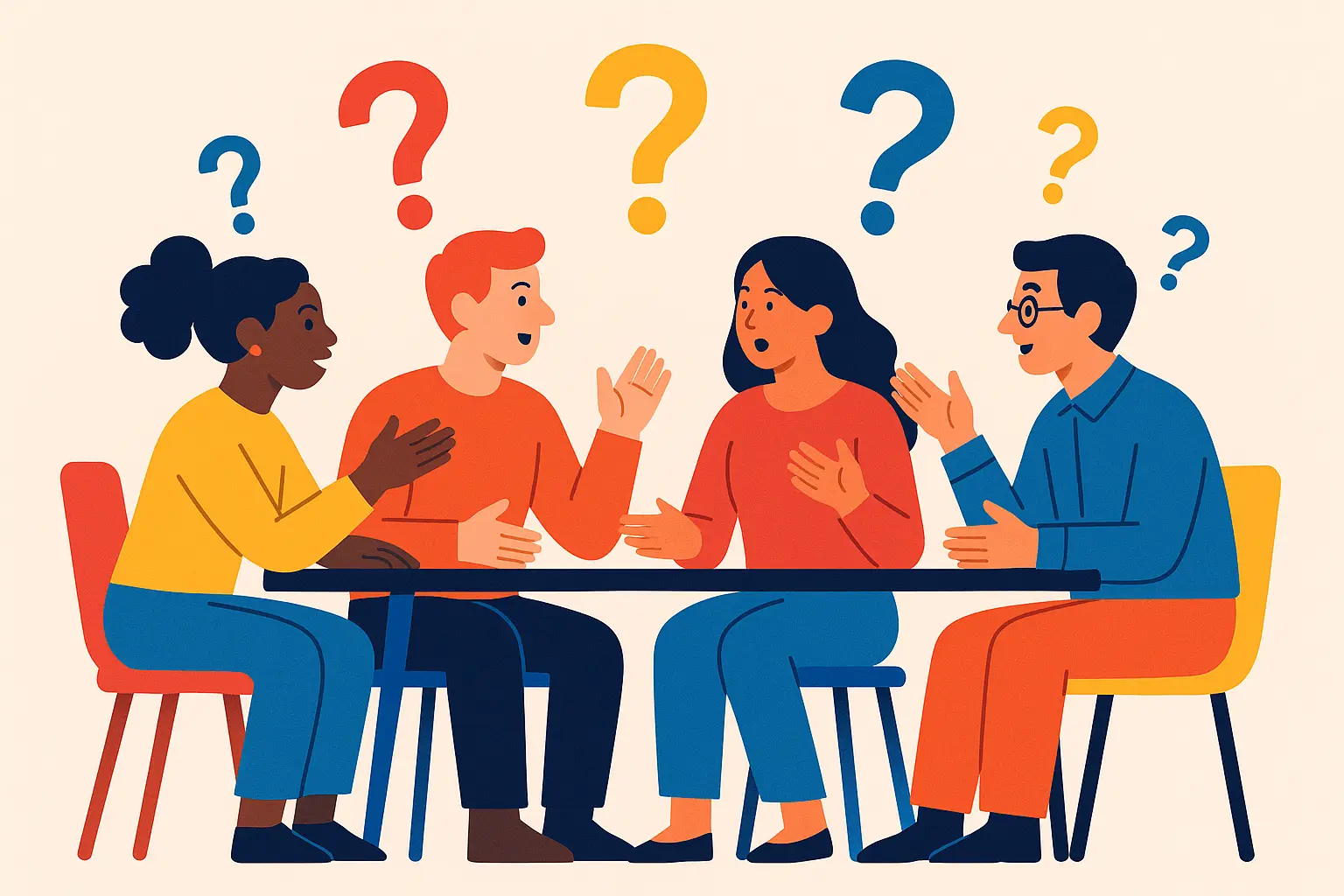
What Makes a Good Black Story
Look, a good black story needs a few things: it has to make you go “what the heck?”, the answer can’t be completely random, and you should be able to solve it without being a rocket scientist. Here’s what I’ve learned after subjecting countless friends and family members to these puzzles:
|
What Makes It Work |
Why It Matters |
My Rating |
|---|---|---|
|
The Mystery Hook |
Has to grab you immediately |
Make it weird |
|
Replay Value |
Still interesting after you know the answer |
Surprisingly important |
|
Engagement Factor |
People actually want to keep asking questions |
Or they’ll just give up |
|
Learning Something |
More than just “gotcha!” |
Best ones teach you stuff |
|
Not Too Hard |
Solvable without specialized knowledge |
Know your audience |
|
Not Offensive |
Doesn’t make people uncomfortable |
Common sense, really |
The Mystery Hook
The opening line is everything. “A man takes an elevator” is boring. “A man takes an elevator but always gets off 10 floors too early” – now we’re talking. The best black stories make you immediately think “that doesn’t make any sense” while still feeling like there must be a logical explanation.
Why Some Stories Stick Around
I’ve noticed the puzzles I remember years later are the ones that taught me something or changed how I think about everyday situations. Fair warning: I spent a week wondering if my elevator was broken after the “short man” puzzle. The best ones make you see the world a little differently.
Getting People Hooked
Don’t try these with competitive friends unless you want drama. Some people get genuinely frustrated, while others turn into question-asking machines. Start with the easy ones or people will give up before the fun begins.
The Learning Factor
Honestly, the best black stories sneak education past your defenses. You think you’re just solving a puzzle, but suddenly you know something about physics or psychology or history. It’s like vegetables hidden in mac and cheese.
Easy Ones (Great for Beginners)
These are perfect for people who’ve never done lateral thinking puzzles before. Don’t let “easy” fool you – they’ll still make you feel dumb until you get the answer. I use these with kids, and honestly, they often solve them faster than adults because they don’t overthink everything.
Black stories in this category are great icebreakers and won’t make anyone want to flip tables.
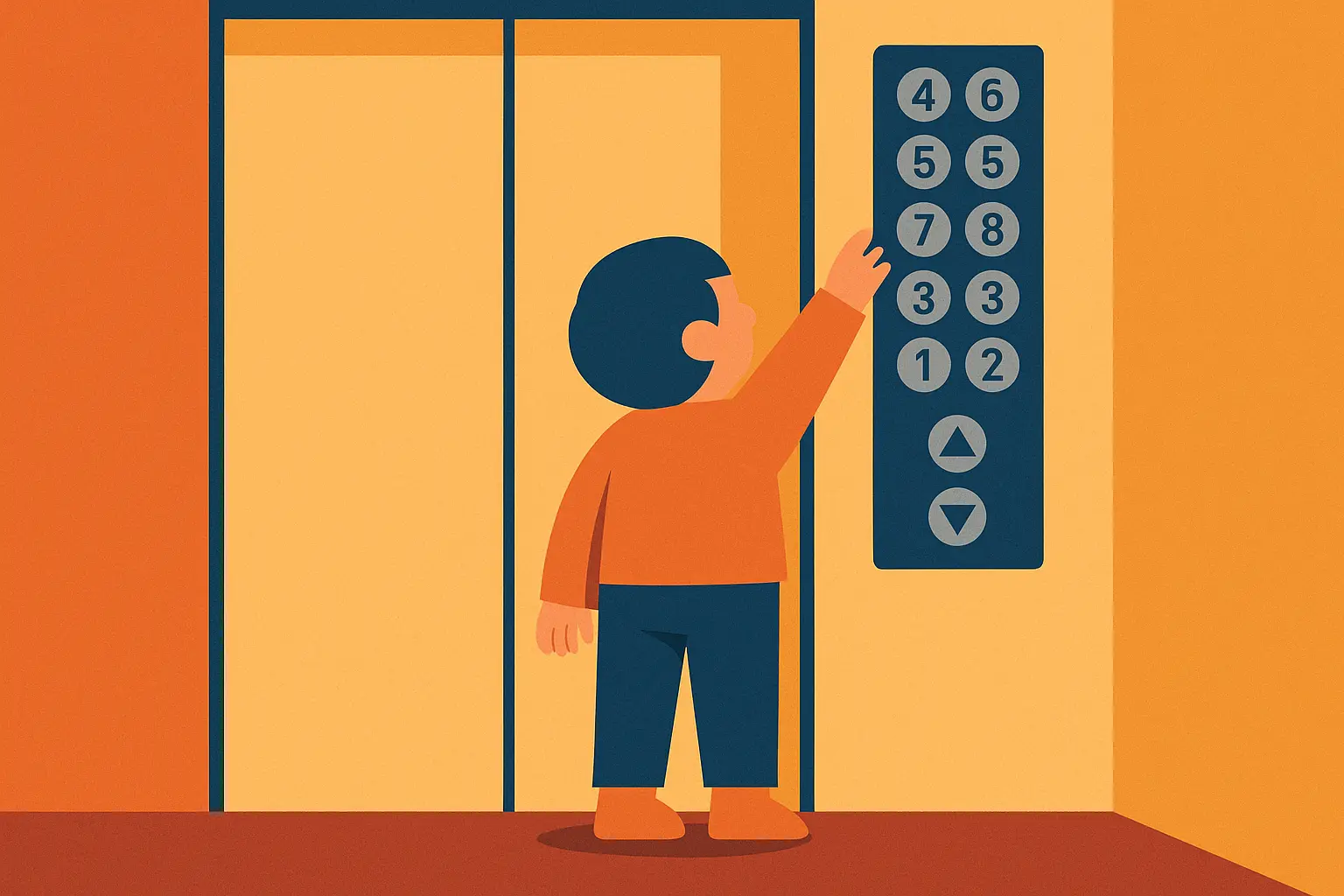
1. The Elevator Guy
Here’s the classic that got me hooked: A guy lives on the 20th floor but always gets off the elevator at the 10th floor and walks the rest of the way. Except when it’s raining – then he rides all the way up. Why?
I tried this with a group of engineers at work. They spent 15 minutes asking about elevator mechanics and building codes before someone finally asked, “Is there something special about rainy days?” That led to questions about the guy’s height, and boom – he’s too short to reach the 20th floor button without an umbrella. The engineers were amazed at how they’d completely overthought a simple physical limitation.
2. The Backwards Runner
A woman enters a room, screams, and runs out backwards without turning around. Sounds crazy, right? The answer involves mirrors and fear – she saw someone behind her in the reflection and was afraid to turn her back on them. This one teaches you to think about environmental factors and why people do seemingly irrational things.
3. The Silent Phone Call
When a man calls his wife from work and says absolutely nothing, she immediately calls the police. This isn’t about bad cell service. The guy was being threatened and used the call to alert his wife without putting himself in more danger. It’s actually a pretty smart emergency strategy when you think about it.
4. The Inside-Out Window
A man living alone finds his cabin window broken from the inside with glass scattered outside, but nothing’s missing. Plot twist: he broke it himself while sleepwalking. This one’s great for discussing sleep disorders and the weird stuff our brains do when we’re not fully conscious.
5. The Midnight Flower Delivery
Sarah gets three knocks at her door every night at midnight but never answers. Every morning, she finds flowers on her doorstep. Creepy stalker? Nope – Sarah is deaf and her night-shift neighbor leaves flowers as a friendship gesture. This one always makes people feel good about humanity again.
The Ones That Mess With Your Head
Okay, now we’re getting into the serious stuff. These puzzles incorporate psychology, memory problems, and perception issues that’ll make you question everything you think you know about how brains work. Handle with care – some people find these genuinely disturbing.
These psychological stories are like effective story theme examples that dig deep into human nature, except they’re designed to confuse you first and educate you second.
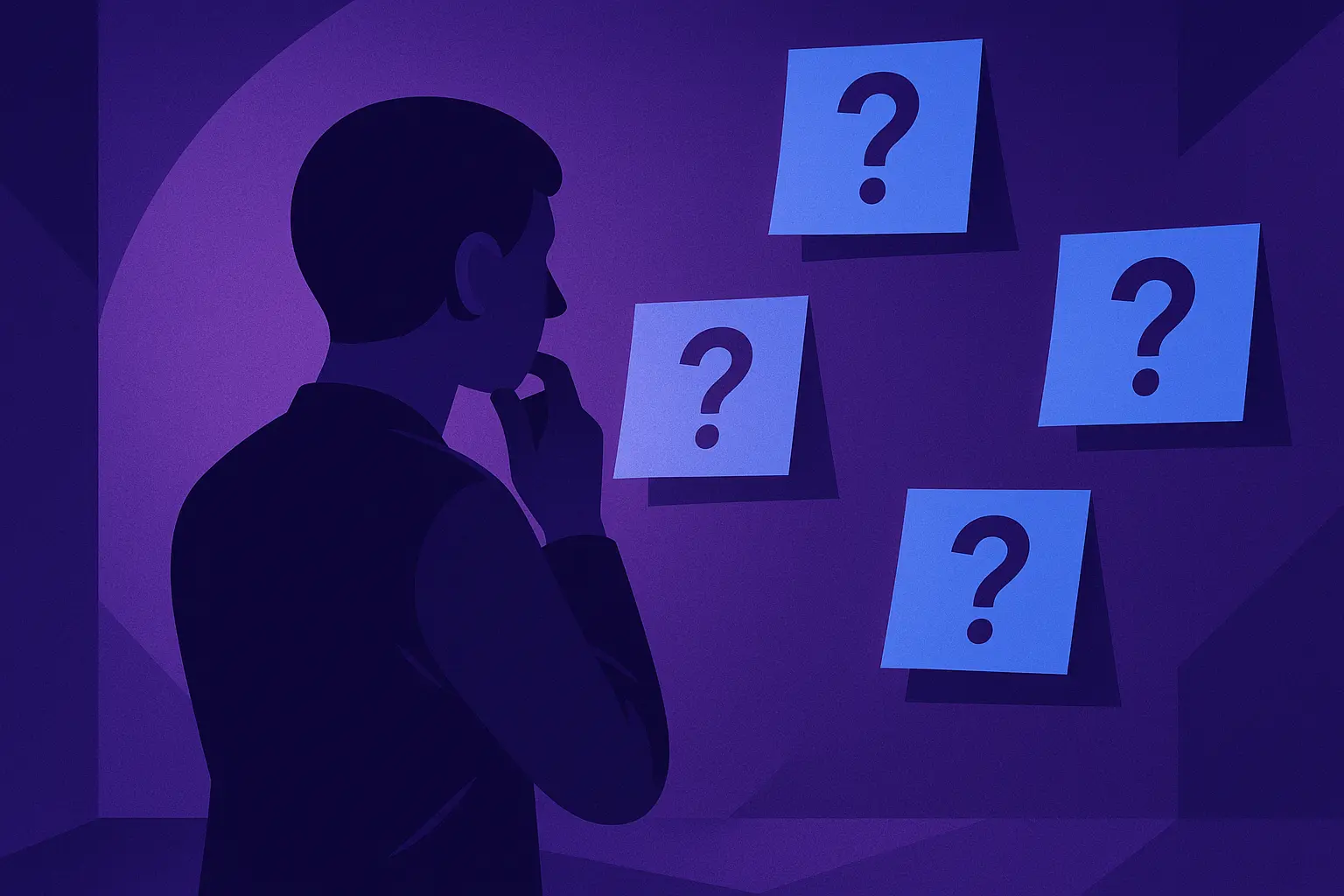
6. The Note Writer
A woman wakes up every day with no memory of the previous day, but she keeps finding warning notes in her own handwriting about someone named David. The twist? She has anterograde amnesia but her subconscious still recognizes threats and tries to warn her future self. It’s like “Memento” in puzzle form, and it’ll teach you more about memory disorders than you probably wanted to know.
7. The Perfect Alibi Paradox
Here’s one that’ll make you paranoid about security cameras: A man has perfect video evidence showing him at work during a murder, but he’s still the killer. How? He hired an impersonator and created false evidence months in advance. This one’s all about premeditation and how far people will go to create the perfect crime.
8. The Town That Never Sleeps
An entire town goes three weeks without sleep while remaining completely healthy and functional. Impossible? Not if they’re all sharing the same mass delusion and experiencing collective dream states. This one explores group psychology and makes you wonder about the nature of reality itself.
9. The Vanishing Act
A therapist’s patient claims to disappear for hours with no memory of where they went, but security cameras show they never leave the building. The solution involves dissociative identity disorder and hidden spaces in the building that only one personality knows about. This one requires sensitive handling but teaches a lot about mental health conditions.
Science Fiction Brain Busters
These stories blend real science with impossible scenarios to create puzzles that’ll make your brain hurt in the best way. Perfect for science nerds and anyone who enjoys questioning the laws of physics while still maintaining some logical consistency.
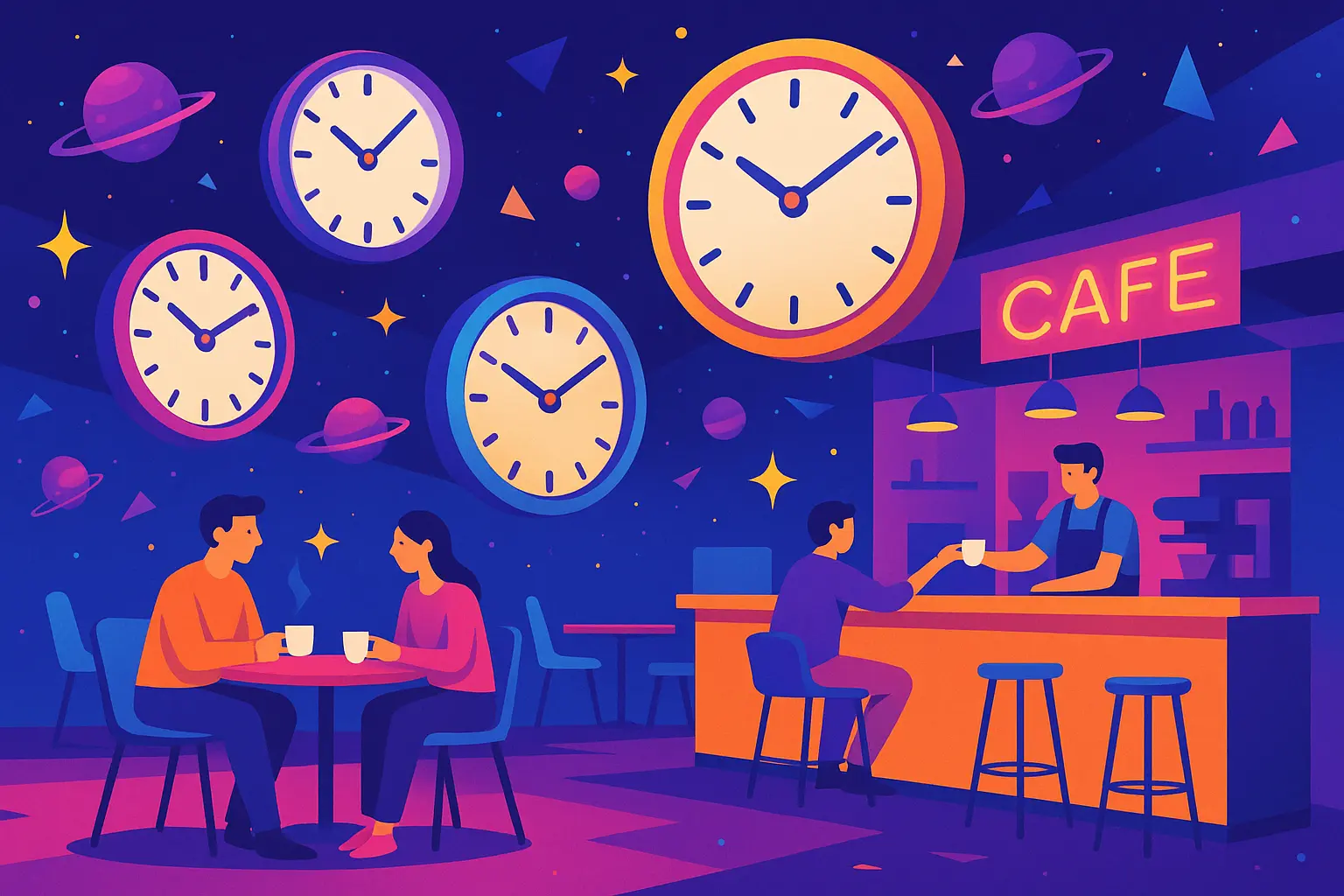
10. The Time Loop Café
A customer walks into a café and orders coffee, but the barista says “you always order tea” even though he’s never been there before. The answer involves time loops where effects happen before causes – his future visits are influencing his first visit. It’s like “Groundhog Day” meets quantum physics, and it’ll make you think about cause and effect in ways that might hurt your brain.
11. The Genetic Twins
Two completely unrelated people share identical scars, birthmarks, and rare genetic conditions. Coincidence? Not when there’s a secret government cloning program involved. This one opens up discussions about bioethics, identity, and what makes you “you” if someone else has your exact DNA.
12. The Silent Planet
Astronauts land on a planet where they can see people moving around but can’t hear any sounds, even up close. The solution involves atmospheric properties that don’t carry sound waves, forcing the inhabitants to communicate through ground vibrations. It’s a great lesson in physics and alternative communication methods.
13. The Aging Room
People walk into a room young and come out elderly, but only minutes pass outside. The answer involves time dilation effects from massive gravitational forces or advanced technology that speeds up time locally. It’s Einstein’s relativity theory disguised as a horror story.
Historical Puzzles (Learn Something While You Suffer)
These combine mystery with real historical contexts, so you’ll learn about different time periods while your brain gets twisted into knots. I love these because they sneak education past your defenses – you think you’re just solving puzzles, but suddenly you know stuff about World War II cryptography.
|
Time Period |
Story Focus |
What You’ll Learn |
Sensitivity Level |
|---|---|---|---|
|
WWII |
Secret Messages |
Cryptography tricks |
Very respectful |
|
Medieval |
Social dynamics |
Disease stigma |
Historically accurate |
|
Ancient World |
Knowledge preservation |
Ancient techniques |
Fascinating stuff |
|
Feudal Japan |
Honor codes |
Cultural values |
Culturally sensitive |
These historical puzzles draw from traditional folktale story examples while teaching you actual history instead of just entertaining you.
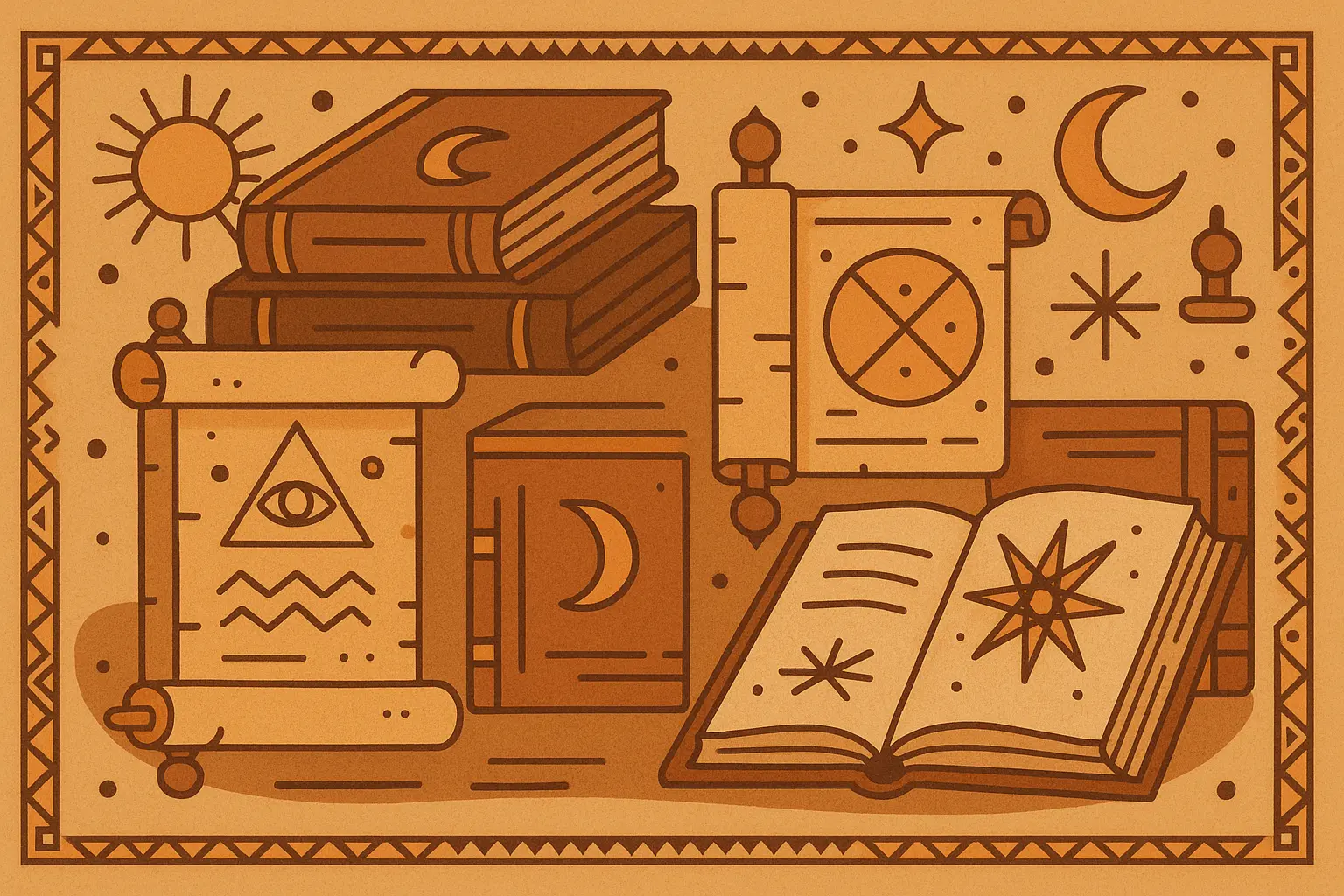
14. The Grocery List That Saved Lives
A WWII resistance fighter receives what looks like a random grocery list, but it contains information that saves hundreds of lives. The first letters of each item spell out crucial intelligence about Nazi troop movements. It’s a real cryptography technique that was actually used during the war, and it’ll make you look at shopping lists differently forever.
15. The Untouchable Merchant
During medieval times, a merchant travels freely between enemy cities during wartime without being searched or questioned. The answer? He has leprosy, and the social stigma keeps people at a distance while he secretly carries love letters between separated families. It’s a
lesson in how disease attitudes shaped social interactions throughout history.
16. The Library of Blank Books
Ancient scholars discover a library full of blank books that was considered the most valuable collection in the ancient world. The secret is invisible ink that only appears under specific temperature and light conditions. It teaches you about ancient preservation methods and why archaeologists get so excited about seemingly empty artifacts.
17. The Samurai’s Impossible Choice
A samurai must choose between saving his lord or his family, but somehow manages to save both without breaking any honor codes. Plot twist: his lord is actually his father who abandoned his family identity for political reasons. It’s a window into Japanese honor systems and the complex family dynamics of feudal society.
Modern Tech Mysteries
These puzzles tackle contemporary issues like social media, cybersecurity, and our relationship with technology. Perfect for anyone who’s ever wondered if their phone is listening to them (spoiler: it probably is).
I used one of these at a cybersecurity conference and watched a room full of IT professionals completely overthink a simple social engineering scenario. Sometimes knowing too much about technology makes these harder, not easier.

18. The Influencer Who Never Posts
A social media influencer gains millions of followers despite never posting any content. The answer involves a hacker who took over the account and uses it to spread positive mental health messages. It’s a lesson in online security with a surprisingly wholesome twist that challenges assumptions about what “hacking” always means.
19. The GPS That Lies
A delivery driver’s GPS consistently leads to locations that don’t exist, yet they always find their destinations perfectly. The solution involves quantum positioning technology that shows where buildings will be constructed in the future. It’s like having a crystal ball built into your navigation system.
20. The Physics-Defying Viral Video
A video showing seemingly impossible physics goes viral, but it’s neither CGI nor special effects. The answer involves specialized magnetic field facilities that create controlled gravity illusions for scientific research. It’s a lesson in critical thinking about viral content and how real science can look like magic.
21. The Hacker Who Hacked Himself
A cybersecurity expert tracking a hacker discovers every clue leads back to themselves, but they have no memory of the crimes. The solution combines technology with psychology – they’ve been sleepwalking and hacking during dissociative episodes triggered by work stress. It’s a modern take on Jekyll and Hyde that addresses workplace mental health.
Environmental Head-Scratchers
These puzzles focus on nature, ecology, and environmental challenges while making your brain work overtime. Great for anyone who loves the outdoors or wants to learn more about how ecosystems actually work.

22. The Desert Oasis Mystery
Explorers find a thriving garden in the middle of a desert with no visible water source anywhere. The answer involves underground spring systems and specialized plant adaptations that most people don’t know about. It’s like a crash course in desert ecology disguised as a puzzle.
23. The Moving Island
Sailors keep reporting an island that appears in different locations but isn’t on any maps. Plot twist: it’s actually a massive whale that’s accumulated so much debris and plant life over decades that it looks like land from a distance. It’s both a marine biology lesson and a conservation wake-up call about ocean pollution.

24. The Weather Prophet
An old farmer predicts weather with perfect accuracy without any meteorological equipment or internet access. The secret? He reads animal behavior and atmospheric pressure changes using traditional knowledge passed down through generations. It’s a humbling reminder that sometimes old-school wisdom beats modern technology.
25. The Town of Endless Winter
A small town experiences three consecutive years of winter with no spring or summer. The answer combines unique geographical features that create a microclimate with accelerated climate change effects. It’s environmental education wrapped in an impossible scenario that’s actually more possible than you’d think.
How These Stack Up Against Each Other
I’ve put all 25 black stories through the wringer to see which ones actually work and which ones just make people angry. Here’s what I found after subjecting friends, family, and coworkers to these mental puzzles:
|
Story Type |
How Hard They Are |
Will You Solve Them Again? |
What You’ll Learn |
Can Kids Do Them? |
|---|---|---|---|---|
|
Easy Mysteries |
Pretty manageable |
You’ll remember the tricks |
Basic logic stuff |
Absolutely |
|
Head-Scratchers |
Prepare to suffer |
They get weirder each time |
Psychology basics |
Older kids maybe |
|
Sci-Fi Puzzles |
Brain-melting hard |
Science nerds love them |
Real science concepts |
Not unless they’re geniuses |
|
Historical Ones |
Moderately tough |
Great for teaching |
Actual history |
With some help |
|
Tech Mysteries |
Depends on your age |
Good conversation starters |
Modern life skills |
If they’re tech-savvy |
|
Nature Puzzles |
Pretty reasonable |
Surprisingly educational |
Environmental awareness |
Great for outdoorsy kids |
Difficulty Reality Check
I’ve got 15 stories here that’ll make you question your intelligence, 7 that are perfect for beginners, and 3 that somehow work for both depending on how you present them. The key is knowing your audience – don’t start with the impossible ones unless you want people to give up immediately.
The Ones You’ll Actually Remember
Twelve of these stories are still interesting even after you know the answer, either because they teach you something cool or because they make you see everyday situations differently. Ten are great for stumping new people, and three are basically one-time use but perfect for teaching specific concepts.
What You’ll Actually Learn
Beyond just feeling smart (or stupid), these puzzles cover real science concepts, historical events, psychology basics, and critical thinking skills. It’s like a liberal arts education disguised as party games, which is honestly the best way to learn anything.

Making Your Own (Good Luck With That)
Honestly, creating your own black stories is way harder than it looks. I’ve tried and ended up with puzzles that either gave away the answer immediately or were completely unsolvable. The trick is finding that sweet spot between “obviously impossible” and “actually makes sense when you think about it.”
Coming up with compelling black stories is like trying to write backwards – you need to know the ending first and then figure out how to hide it in plain sight. Understanding how to write a story using brain science becomes crucial because these puzzles need to engage specific thinking processes without triggering the wrong assumptions.
Where Most People Mess Up
A high school teacher I know tried creating one about a woman who only wore red on Tuesdays. Seemed mysterious until everyone immediately guessed she was color-blind. The problem? It was either too obvious or completely arbitrary. There was no logical middle ground that made the puzzle satisfying to solve.
AI Tools Can Help (Sometimes)
If you’re stuck, AI tools like story generators can help you brainstorm basic concepts, but don’t expect them to do all the creative work. I’ve had decent luck with prompts like “Generate a mystery involving everyday objects that teaches scientific principles,” but you’ll need to do a lot of refining to make them actually work as puzzles.
Nairrate’s Approach
Nairrate’s story generation tools are actually pretty good at handling the specific constraints these puzzles require. The story starters generator can give you mysterious opening scenarios that you can develop into complete lateral thinking puzzles with enough tweaking and logical structure.
Practical Reality Check
Whether you’re a teacher trying to make lessons more engaging, someone planning party games, or just curious about puzzle creation, the AI can help overcome creative blocks. Just remember that the best black stories come from understanding human psychology and knowing which details to reveal versus hide.
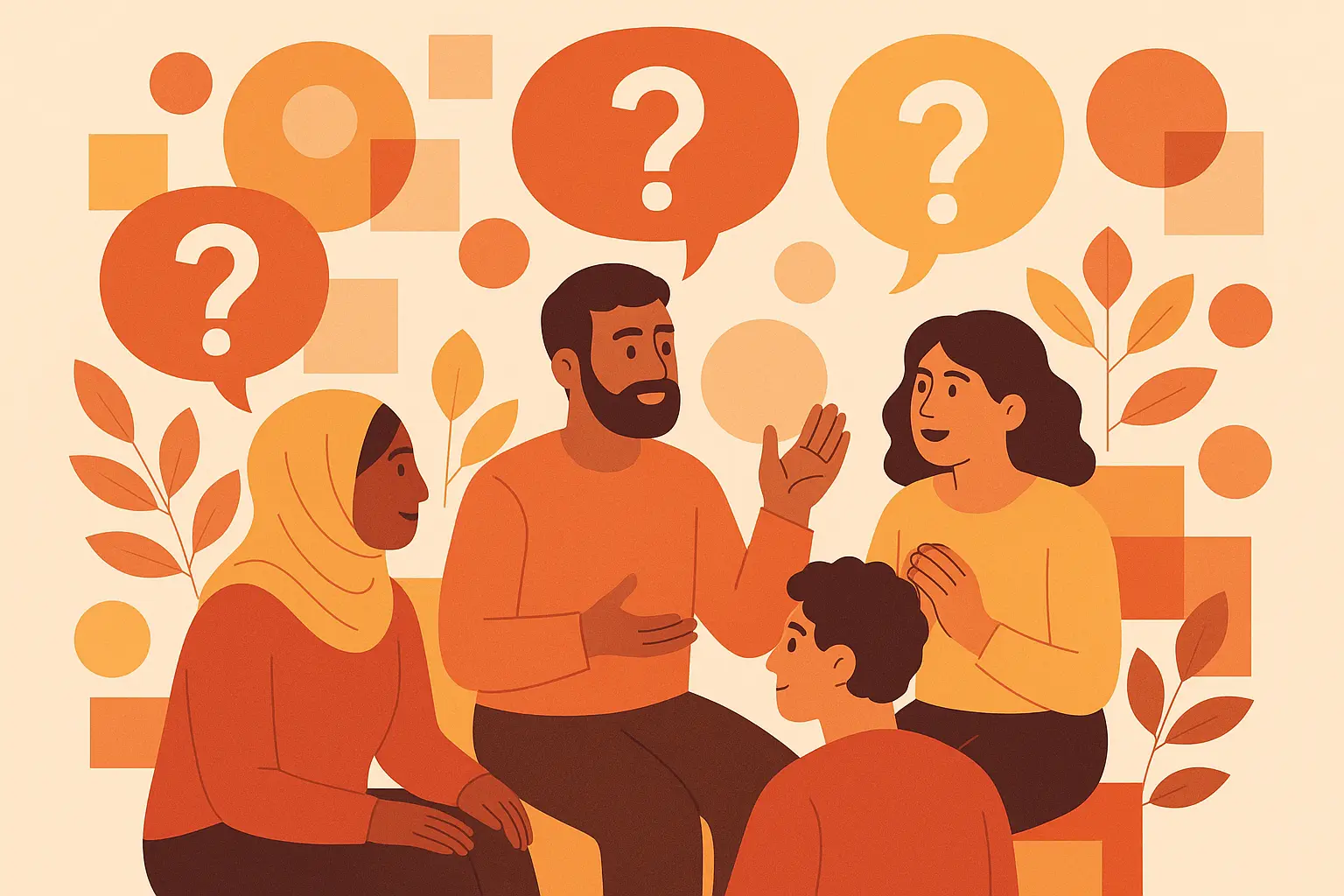
Final Thoughts
Look, I’m not saying these puzzles will change your life, but they’re pretty addictive. Fair warning: once you start, you’ll find yourself making up scenarios in your head during boring meetings. “Why would someone iron their clothes at midnight?” See? It’s already happening.
What makes these black stories genuinely worth your time isn’t just the satisfaction of solving them (though that’s pretty great). It’s how they sneak actual learning past your defenses. You think you’re just trying to figure out why someone’s walking backwards, but suddenly you understand something about psychology, physics, or history that you never knew before.
The 25 stories I’ve shared here cover everything from simple logical deductions to complex scenarios that’ll make you question reality itself. Some will make you feel brilliant, others will make you want to throw things, and a few might actually teach you something useful about the world.
These aren’t for everyone – some people find them genuinely infuriating rather than fun. But if you’re the type who enjoys having your assumptions challenged and doesn’t mind feeling temporarily stupid in service of a good “aha!” moment, you’re in for a treat.
Try this one on someone right now: A man lives alone and never has visitors, but every morning he finds fresh flowers on his kitchen table. How is this possible? (I’ll leave you to figure that one out.)
Ready to dive deeper into the world of mind-bending puzzles? Try Nairrate’s story generation tools and see if you can create the next great black story that’ll leave people scratching their heads and questioning everything they thought they knew about logic.



Add comment